|
|
 |







 |
|
|
|
Food of
Azores |
|
|
|
The Azores Islands are a
delight for food. The archipelago’s many unique
microclimates, abundant water supply and the volcanic nature
of the islands make it possible to offer a large variety of
delicious dishes. Based on a rich, hearty, peasant-based
style of cooking, Azorean cuisine will leave you asking for
seconds. |
|
|
|
Here are some of the
best regional dishes not to be missed on your trip to the Azores: |
|
|
|
Cheese |
|
|
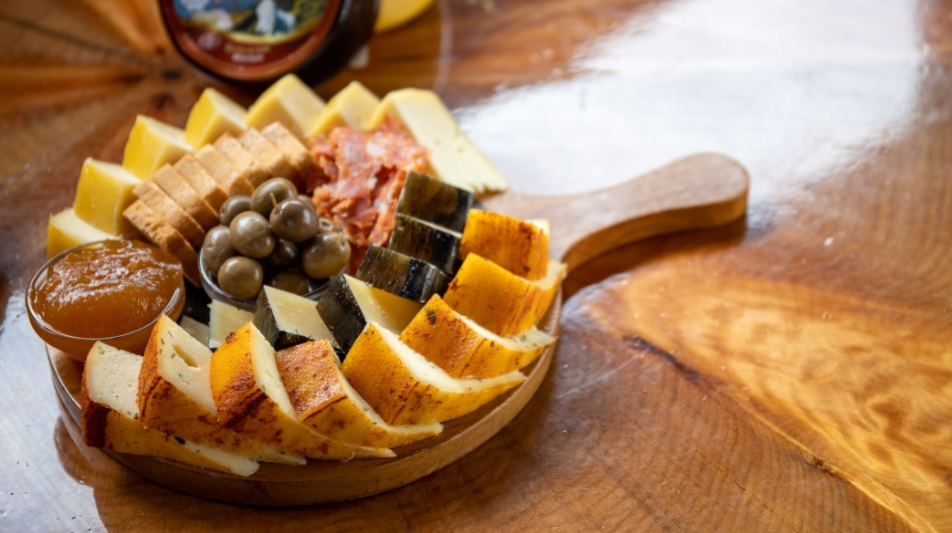 |
|
|
Cheese making has been an integral Azorean craft since the first Flemish
settlers arrived in the islands more than 500 years ago, and upon your
arrival, it won’t take long to see signs of the Azores’ dairy
predilection everywhere.
The number 1 cheese of the Azores is the famous Queijo de São Jorge. The
cheese has been granted with the Protected Designation of Origin status.
The queijo is aged for months until it reaches a yellow color and a
semi-hard consistency. Have it on its own or try with a local jams and
cold meats. |
|
|
|
Morcela (blood sausage) |
|
|
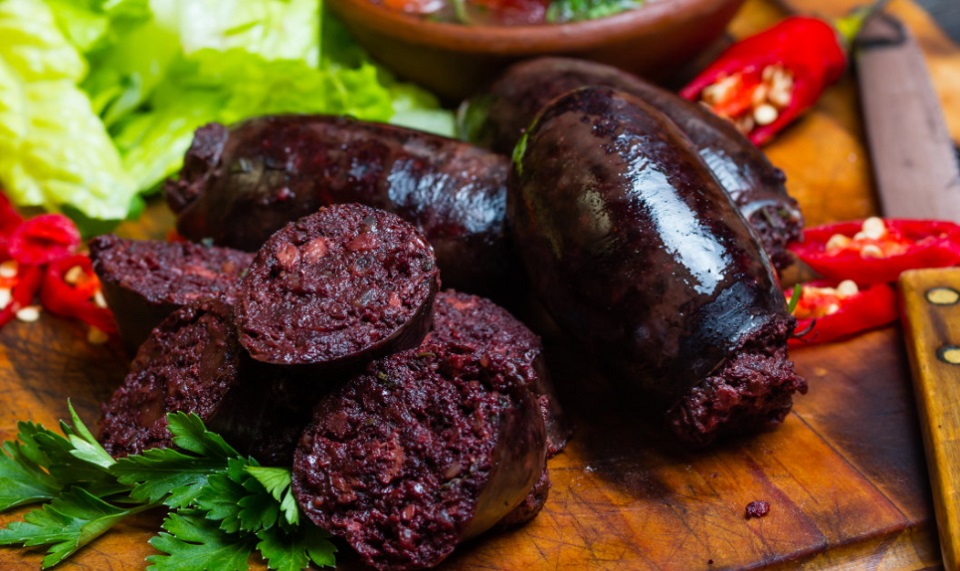 |
|
|
|
It may sound strange, but it’s actually very tasty. Try the blood
sausage with pineapple and you’re in for a culinary treat. |
|
|
|
Fresh Fish |
|
|
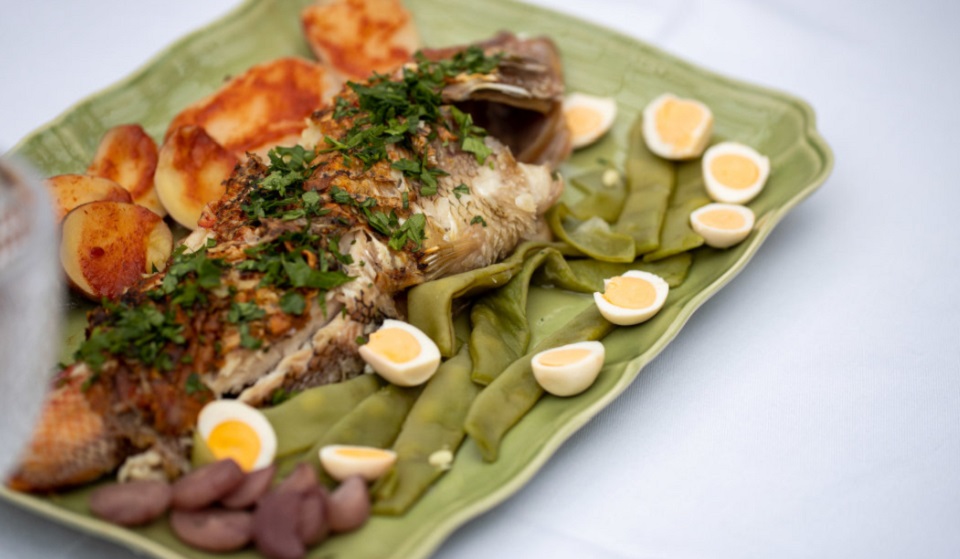 |
|
|
|
If you love fish, then the Azores is the place for you. With an abundant
marine life, you can sample a variety of fresh fish on your visit to the
islands. From jack-guelly, grouper, fork beard to eel, barracuda and
tuna, you will surely find your perfect tasty catch of the day. Make
sure you try a delicious tuna steak. The tuna from the Azores is so
good, it’s shipped to the famous fish-market in Tokyo.
|
|
Chicharros (Fried mackerel) |
|
|
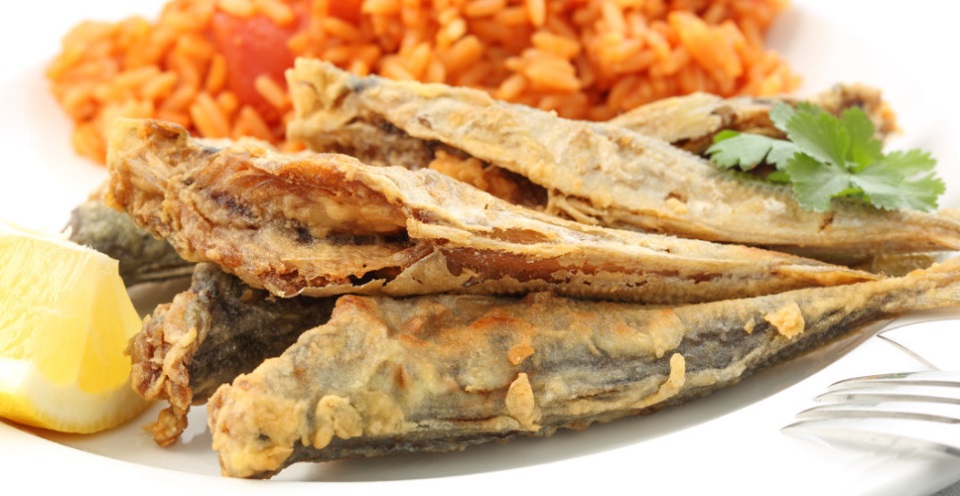 |
|
|
|
The traditional way to cook mackerel is to batter-fry them and the
Azorean way to eat them is to eat the whole fish- tail, head, bones and
all. Give it a try! The sweet fish are served with a spicy molho de
vilão sauce, made from a very typical Azorean condiment called massa de
pimento, a spicy, salty, and sweet pepper paste. |
|
Octopus |
|
|
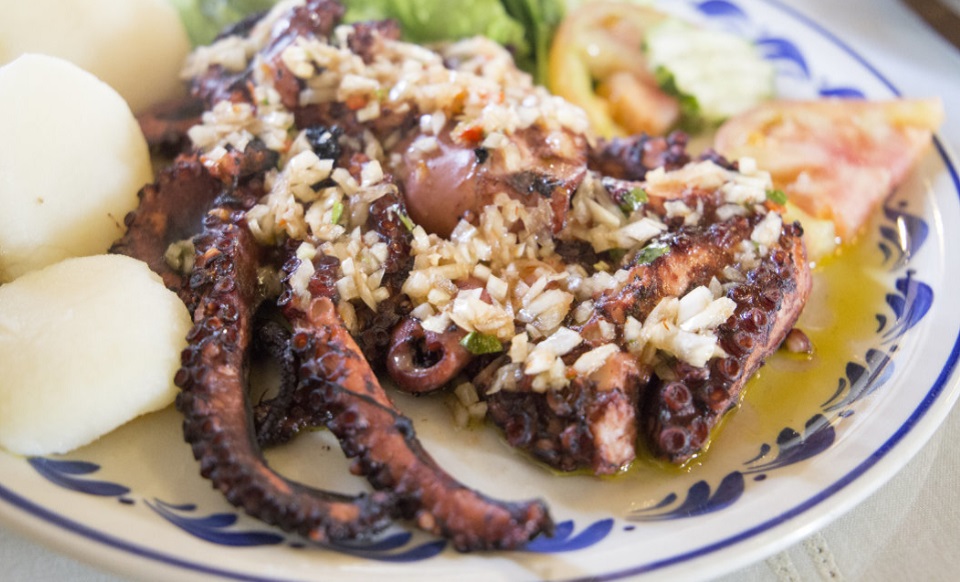 |
|
|
|
Try the roasted octopus coated in red wine and spices. The octopus is
tender and the roasted potatoes and wine sauce are simply delightful.
|
|
Cozido das Furnas |
|
|
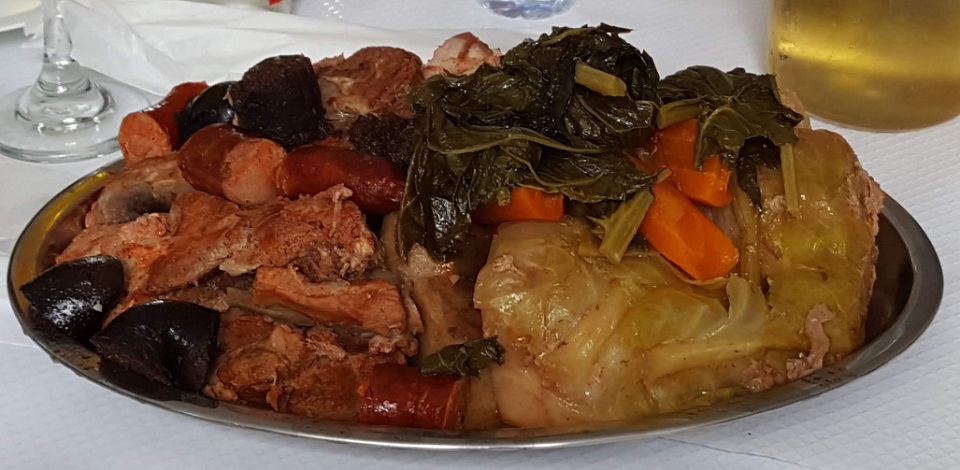 |
|
|
|
The most famous dish from São Miguel Island is the beloved Portuguese
stew known as cozido, or in this case, cozido das Furnas. The stew,
consisting of cuts of pork, beef and chicken, sausages and vegetables,
is cooked in holes known as fumaroles that are dug in hot volcanic soil
next to the beautiful Furnas Lake. Have it with some Portuguese red wine
and enjoy the feast.
|
|
Alcatra |
|
|
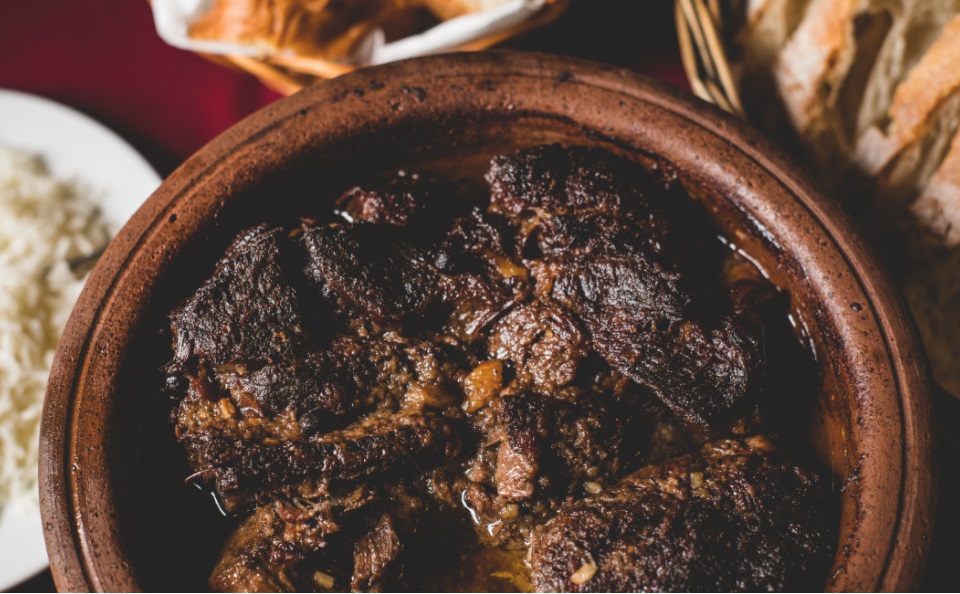 |
|
|
|
The most famous dish from Terceira Island is Alcatra, a beef rump
slow-cooked in a clay pot with red wine, onions, garlic, cloves, and
black peppercorns until it’s falling-apart tender. Make sure to have it
with massa sovada (traditional Portuguese sweet bread).
|
|
Regional Beef Steak |
|
|
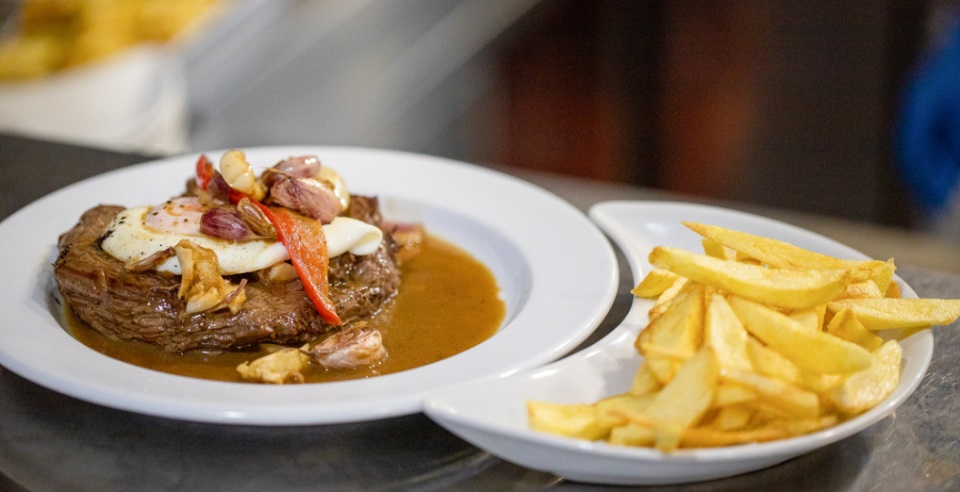 |
|
|
|
Like the happy dairy cows you’ll find on all the islands, Azorean cows
destined for the plate lead idyllic lives grazing on green grass, which
means you can get some delicious grass-fed beef on the islands. Have
your steak with roasted garlic gloves, sautéed red peppers and French
fries (Bife á Regional) and you will be dying for more.
|
|
Malassadas |
|
|
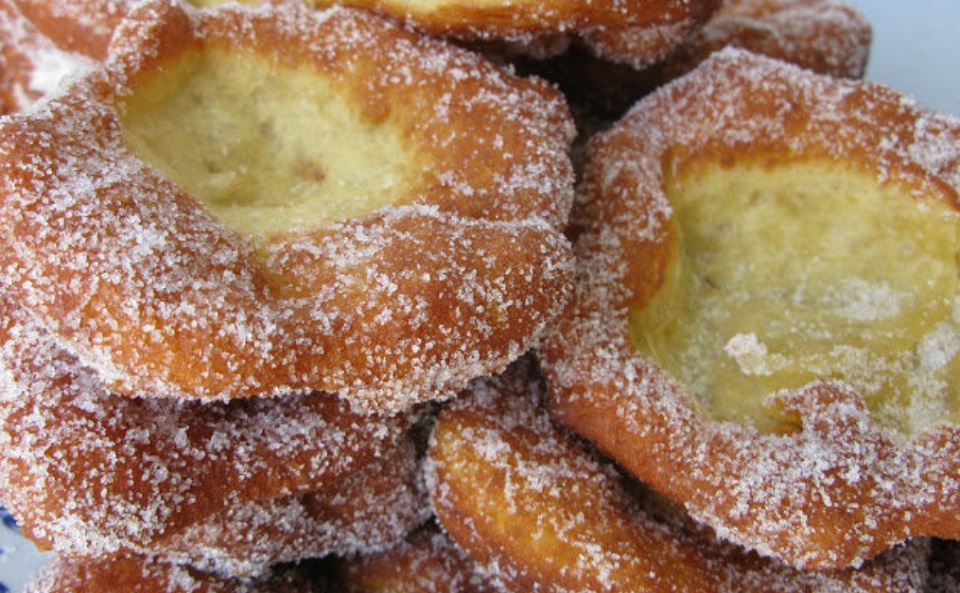 |
|
|
|
Round balls of dough that are deep-fried and rolled in granulated sugar.
They are particularly popular at Carnaval, but you can find them
year-round. They are a delicious treat!
|
|
Queijadas da Vila |
|
|
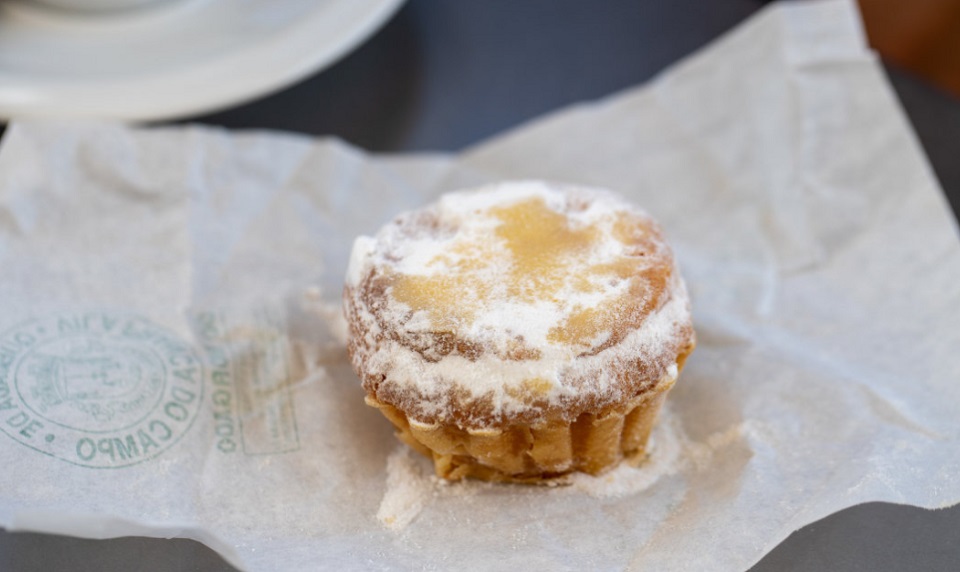 |
|
|
|
These delicious round-shaped queijadas will have your taste buds
dancing, and coming back for more and more, so make sure you buy a whole
box at least! Originally from Vila Franca do Campo in São Miguel Island
you can visit the factory and sit at the local cafe for a sweet taste of
São Miguel and the Azores Islands overall.
|
|
Queijadas da Dona Amélia
|
|
|
 |
|
|
|
Originally named “Indianos” or “Bolo das Índias” for the ingredients
that originated from the Orient during the spice trades, the cakes were
given a royal name change to honor the revered Queen. The dense, mildly
soft pastry can be made into a full sized cake or the more commonly sold
queijadas, and are made with eggs, honey, cinnamon and corn flour and
dusted with confectioner’s sugar. Raisins and molasses are typically
added for flavor, making the pastry similar to gingerbread.
|
|
Passion Fruit |
|
|
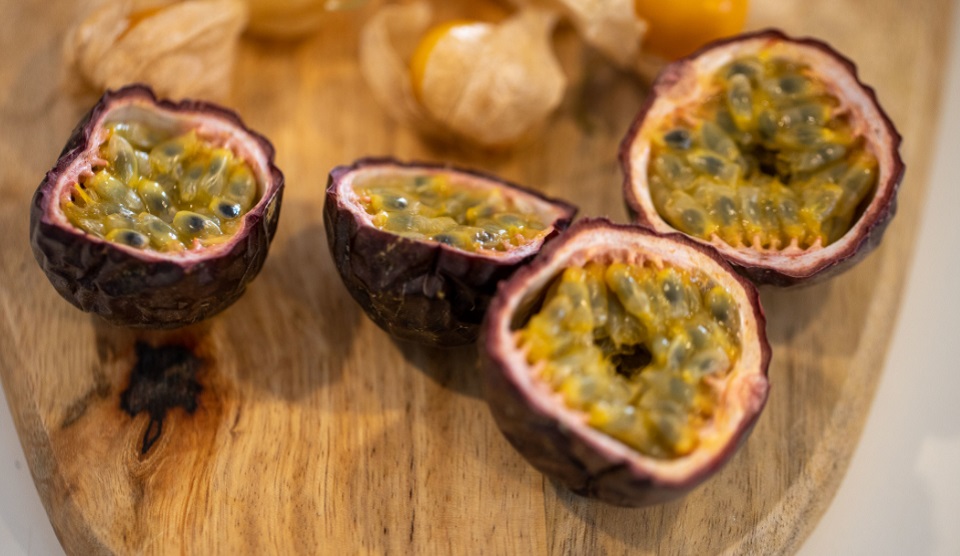 |
|
|
|
Amongst the tropical fruits that grow in the Azores Islands there's the
exotic passion fruit!
|
|
Coffee |
|
|
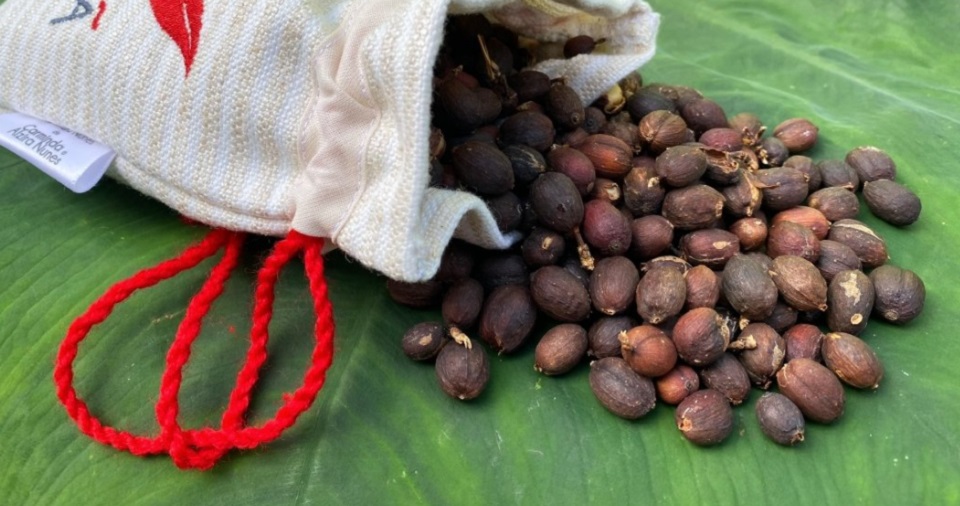 |
|
|
|
São Jorge Island is home to one of the few European microclimates where
coffee beans grow well. Fãja dos Vimes is the epicenter of this small
production of Arabica beans. If you’re in the area, try some espresso
made with local beans and see the plantation behind the Fajã’s only
coffee shop. |
|
Liqueurs |
|
|
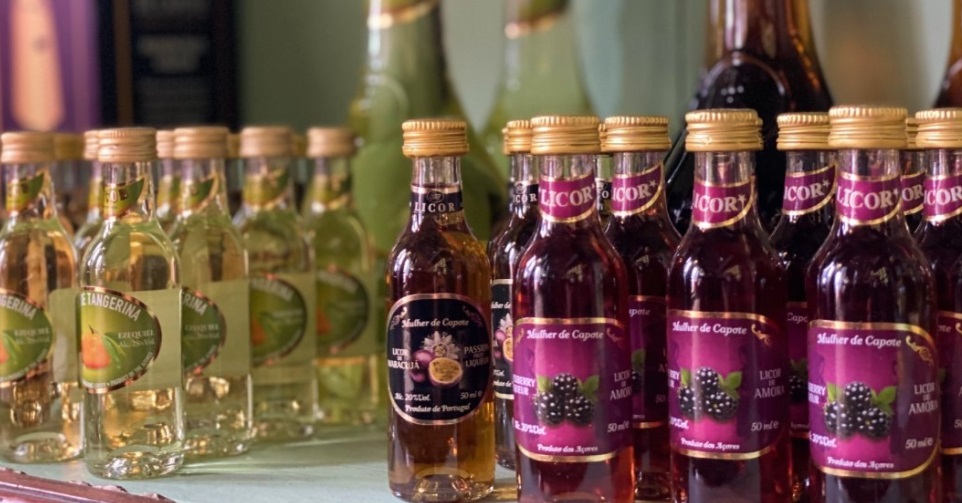 |
|
|
|
Try delicious and potent liqueurs distilled from lemon, tangerine,
blackberries, passion fruit, pineapple, and more. In Ribeira Grande, you
can go on a tasting tour of a distillery.
|
|
Wine |
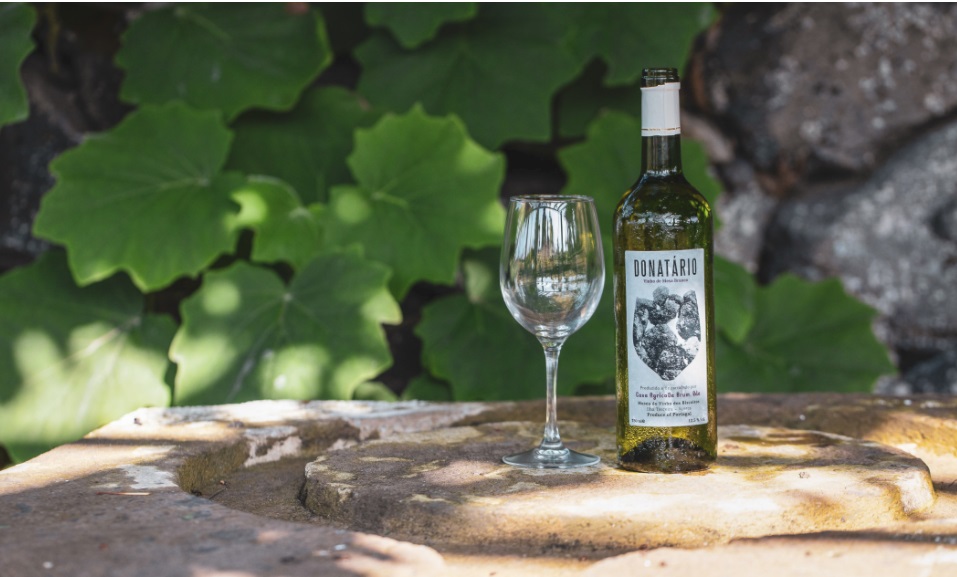 |
|
|
|
The Azores produces some great wines — particularly the whites coming
from Pico Island. Pico wines are of high quality and are grown in a very
interesting way- in currais (stone- walled vineyards). If you’re in
Pico, make sure to visit Criação Velha, learn about the island’s
winemaking history and sample a variety of local wines and spirits.
Terceira, Graciosa and São Miguel also produces some great wine!
|
|
|
|
|
 |
|
|
|
 |
|
|
|
Other cities to explore |
|
|
 |
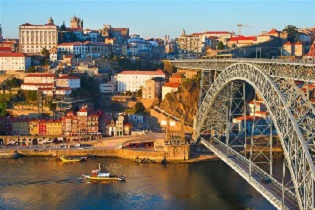 |
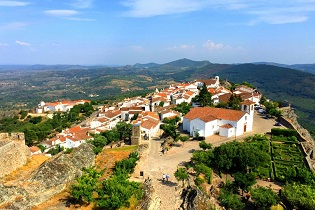 |
 |
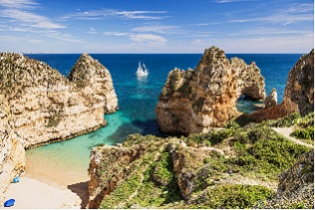 |
|
Lisbon |
Porto |
Alentejo |
Madeira |
Algarve |
|
|
|
|
|
Home
I
About Us
I
Inspiration
I
Luxury Wellness
I
River Cruises
I
Useful Links
I
Contact
|
|
|
|
|